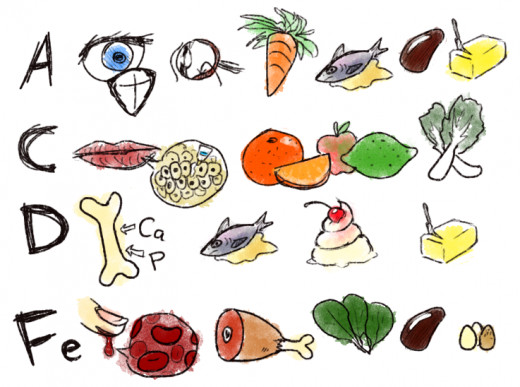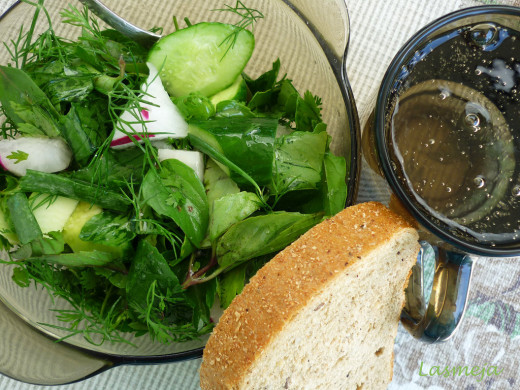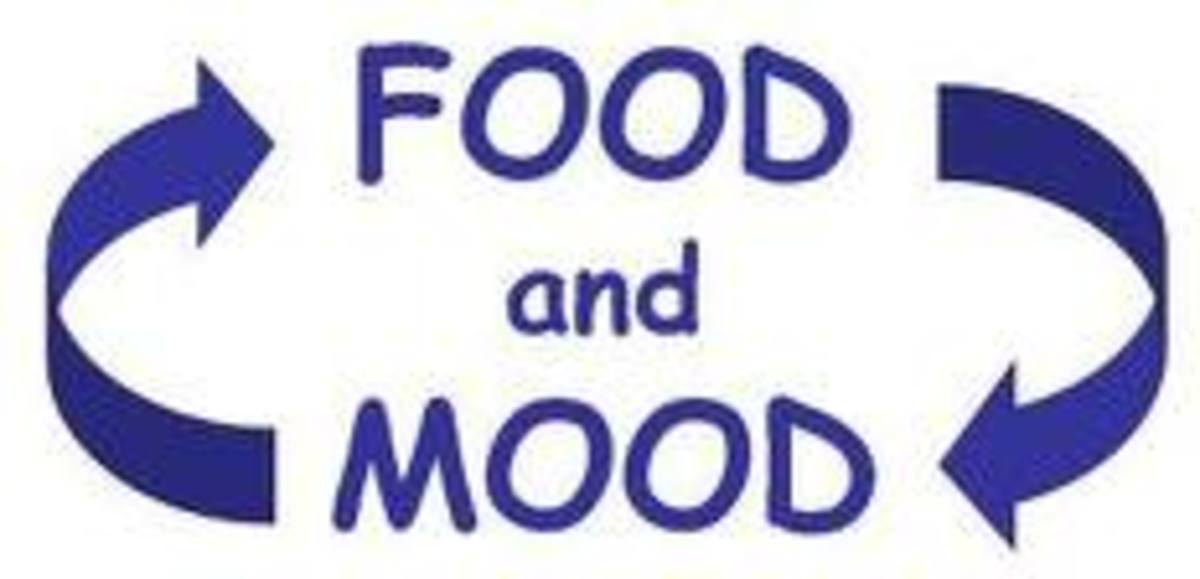Nutrition For Recovery
Following an injury, people are generally inclined to slacken off when it comes to looking after the rest of their bodies. It's all too easy to just lie on the sofa, watch TV and eat junk food whilst feeling sorry for yourself. This situation makes it even harder to get your body back into shape when you have recovered. What is needed is a concerted effort to keep eating quality nutrients and to keep exercising to a certain extent which will keep your musculature and cardiovascular systems ticking over.
Remember, whilst you are recovering, your body will not be burning off as much energy as it was when you were exercising regularly. Especially if you are lying on the sofa feeling sorry for yourself, your body will have next to no outlet for the food you are eating. This will be worsened if you still eat the same amount when you are in recovery as when you were exercising. In general, people who are in convalescence will put on a little bit of weight.
To avoid putting on too much weight and to help your body recover, it is important to do two things. Firstly, you need to eat a quality, low fat diet which will avoid overloading your body with excess calories. Also eating too many carbohydrates will result in excess energy which will not be used. Try to balance your intake and reduce the calorie count so as not to suffer from weight gain through inactivity. Secondly, it is important that you eat foods which are going to provide your body with the components needed for things like bone regeneration and muscle growth. A few of these are listed below:

Protein
Possibly the most important component of a regeneration and recovery diet is protein. It is a major structural component of all body tissues and is required for tissue growth and repair, as well as being a component of hormones, enzymes and blood plasma transport systems. It is also used as a last resort for energy production where sufficient carbohydrate and fats are not available. Protein comprises 9 essential and many other non-essential amino acids. Without the basic nine, protein cannot be formed. Meat, fish, eggs, poultry and dairy products contain the nine essential amino acids on their own and are therefore known as 'Complete Proteins'. Vegetable proteins derived from grains and fruit are known as 'Incomplete Proteins' because they do not supply the nine essential amino acids in their own right. These need to be eaten in combination with one another to ensure that 'Complete Proteins' are formed. The only way to ensure that this happens is through eating a balanced diet.

Vitamins
Vitamins are a type of metabolic regulator which govern the body's energy production, growth and repair. They are only needed in small quantities, but are crucial for effective functioning of the whole body. Each vitamin has a predefined job in the body, and also works in conjunction with other nutrients to achieve alternative ends. Vitamins are defined in two groups, water and fat soluble. Fat soluble vitamins are stored in the body, principally in the liver. Typical examples are K,E,D and A. The difference between these and the water solubles such as Vitamin C and B complex vitamins, is that you need to supplement your body's supply of water soluble vitamins regularly. Important vitamins for regeneration and repair are Vitamin B6 which is used for protein synthesis. This can be found in bananas, spinach, cabbage and whole grain cereals. Also Vitamin D which is key in bone formation and repair. This can be found in eggs, fish and dairy products as well as in a good dose of sun, so if you're recovering from a summer injury, get out on that deckchair!

Minerals
Minerals are again underrated as a nutritional requirement but are fundamental to efficient bodily function and repair. Here is a selection of those which are instrumental in recovery:
For effective bone regeneration Calcium is vital. It can be found in diary products, beans and green leafy vegetables. Recommended Daily Intake (RDA) should be around 800mg.
- Iron helps in the growth and function of muscle groups and can be found in red meat, beans and green vegetables. RDA 15mg.
- Zinc is used for tissue regeneration and growth. It can be found in shellfish and grain foods. RDA 15mg.
- Manganese which is also important for bone and tissue development can be found in tea, nuts and vegetables. RDA 2-5mg (male-female).
- Fluoride which aids in bone growth can be found in tap water, tea, coffee, rice and spinach. RDA 1.5-4mg (male-female).
- Phosphorous which also aids bone growth is found in meat, fish and dairy products respectively. RDA 800mg.
It is important to ensure that you are eating a balanced combination of the above nutrients. Accomplish this and your road to recovery should be speedy.








